ICA is closed from the 30 May – 3 June inclusive.
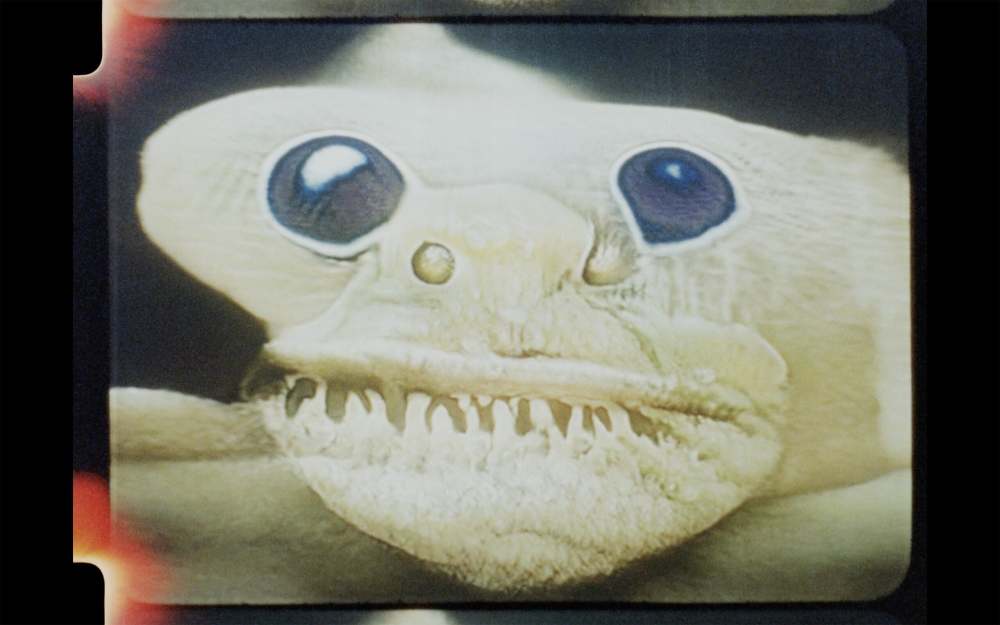
Stream all films and moving image works from the Frieze Film × ICA programme, available worldwide from 8 October to 31 October.
Frieze and the ICA have curated a programme of artists’ film and moving image, coinciding with Frieze London’s 2024.
Artists:
Hamedine Kane & Ayesha Hameed
Xin Liu
Laila Majid & Louis Blue Newby
Claudia Martínez Garay
Onyeka Igwe
Jacolby Satterwhite
Sung Tieu
Programme Information
This film programme features works by seven artists and collaborators: Onyeka Igwe, Sung Tieu, Claudia Martínez Garay, Xin Liu, Laila Majid & Louis Blue Newby, Hamedine Kane & Ayesha Hameed, and Jacolby Satterwhite.
Together, their films invite viewers on a journey across layered terrains of memory, power, and identity. Moving fluidly between the intimate and the expansive, these works explore the interplay between past and present, reality and imagination.
Onyeka Igwe’s a so-called archive (2020) delves into the tensions between archive, memory, and place, uncovering layers of history embedded in urban landscapes. Similarly, Claudia Martínez Garay’s Ayataki (2022–23) weaves animation and sound to explore cultural heritage and the fragmented nature of collective memory. Sung Tieu’s One Thousand Times (Gehrenseestrasse) (2023) revisits the aesthetics of the past through Super 8 film, building a narrative that examines notions of surveillance and power structures.
Technology emerges as both observer and participant across these films, capturing the invisible boundaries of belonging and alienation. Xin Liu’s The White Stone (2021) reflects on the intersection of technology and the body, questioning how contemporary existence is mediated through digital realms. Laila Majid & Louis Blue Newby’s south florida sky (2022) meditates on materiality and the environment, juxtaposing the natural world with synthetic realities.
Themes of migration and displacement are further explored in Hamedine Kane & Ayesha Hameed’s In the Shadow of Our Ghosts (2018), which engages in a dialogue on migration, displacement, and the construction of belonging through a deeply personal lens. Meanwhile, Jacolby Satterwhite’s Shrines (2020) merges 3D animation with elements of performance to unravel themes of queer identity, fantasy, and the fluidity of space and time.
With meditative precision, these films unravel the complexities of desire, fantasy, and the mutable nature of time. By embracing the poetic and the uncanny, they invite us to reconsider the narratives we inherit and the worlds we construct. In this programme, the familiar transforms into the enigmatic, leaving viewers lingering on the edges of what is seen and what remains just out of reach.
Film Synopses
Onyeka Igwe, a so-called archive, 2020, HD Video, colour, sound, 19 min 40 sec
Courtesy the artist and Arcadia Missa, London
In Lagos, the former Nigerian Film Unit building was one of the first self-directed outposts of the British visual propaganda engine, the Colonial Film Unit (1932–55). Today, it stands empty. Its rooms are full of dust, cobwebs, stopped clocks, and rusty, rotting celluloid film cans. The films found in this building are hard to see, not only because of their condition, but perhaps also because people do not want to see them. They reveal a colonial residue, echoed in the walls of the building itself. Meanwhile, in Bristol Temple Meads, the former British Empire and Commonwealth Museum (2002–09) was housed in the vaults of one of Isambard Kingdom Brunel’s most famous railway designs. However, it is now shrouded in ignominy after the alleged illegal sale of several items from its collection, leading to its closure. The monetisation and obscurity of its collection point to an attitude to Britain’s colonial past. a so-called archive imagines the ‘lost’ films from both of these archives, using distinctive soundscapes, choral arrangements, and a radio play within the confines of images from a disembodied tour of the exquisite corpse of an archive building.
Sung Tieu, One Thousand Times (Gehrenseestrasse), 2023, Super 8 transferred to HD video, colour, sound, 8 min 51 sec
Courtesy the artist and Emalin, London; Sfeir-Semler, Hamburg / Beirut; Trautwein Herleth, Berlin. © Sung Tieu
The year 1977 marked the conception of nine Plattenbau (panel building) residential complexes. These were to be built in the coming years on Gehrenseestrasse in Berlin’s north-eastern district of Alt-Hohenschönhausen. [...] The complex at Gehrenseestrasse 1 was part of this state-wide programme, as well as a project with a specific agenda: throughout the 1980s, it transformed into East Berlin’s largest housing complex for Vertragsarbeiter (contract workers) who came to Germany by way of labour agreements with socialist-leaning ally states, the so-called socialist Bruderländer (brother states).
One Thousand Times (Gehrenseestrasse) (2023) captured the complex in its current state. Here, detailed glimpses of the remnants of once modular rooms and close-up shots of abundant plant life within the space give a sense that time has moved on. Meanwhile, the home-made effect of the Super 8 film in which the film was shot suggests that the experiences and worldviews of the 1980s and 1990s have not entirely vanished. In contrast to calls by investors and urban planners from the city of Berlin to reinvigorate and give new life to a long-defunct complex, Tieu’s portrayal of Gehrenseestrasse 1 offers a sense of lingering continuity and resonances across other ‘worlds’ beyond the legacies of the GDR in Germany.
Text: Eva Bentcheva, ‘Gehrenseestrasse 1: Between the Worlds of Architecture and Politics’, published in Sung Tieu: One Thousand Times, Kunstmuseum Winterthur, Cologne: Snoeck, 2023
Claudia Martínez and Garay, Ayataki, 2022-23, HD Video animation, colour, sound, 14 min 40 sec
Courtesy the artist and Grimm, Amsterdam/London/New York
Ayataki (2022), an animated video and surround sound installation by the artist, was commissioned and produced by Artpace San Antonio and the Denver Art Museum, and debuted in Who Tells a Tale Adds a Tail: Latin America and Contemporary Art (2023) at the Denver Art Museum. Through visuals and a collaged original score, reinterpreted with a synthesizer by the artist, Peruvian Andean folkloric music is intertwined with Quechua church melodies, radio transmissions, Spanish dialogues, sorrowful voices, pan flutes, raging guitars, and radio commercial propaganda to relay a tale of forced displacement due to violence and war.
The radio tower, bomb cars, and burned rural houses—often targeted by the terrorist group Shining Path during the internal war in Peru—have become symbols of terror, loss, and despair of that time. This work, as a whole, is a lamentation on the Andean landscape. Social issues and historical events are presented in a non-linear narrative, and the mixed poetic and formal composition of sound constructs a solemn funeral cadence, sonically reflecting a mourning for those who did not survive the war.
Jacolby Satterwhite, Shrines, 2020, HD video and 3D animation, colour, sound, 13 min 37 sec
Courtesy of the artist and Kadel Willborn, Düsseldorf
Shrines (2020) is a single-channel 3D animation and video, and the final film of the six-part series Birds in Paradise (2018–20). The video is accompanied by an HD virtual reality video of the same name. One recurring visual theme is Satterwhite’s version of the composition The Incredulity of Saint Thomas by Caravaggio, depicting Thomas, the apostle who was sceptical of the resurrected Jesus, entering his finger into Jesus’ wound.
Figures such as hip hop icons Trina and Dev Hynes, as well as Whoopi Goldberg as Celie in the film adaptation of Alice Walker’s novel The Color Purple (1985), make appearances above multiple television screens that play images of Ku Klux Klan members lighting torches. Purple appears in much of Satterwhite’s work; it is the colour of womanism, further aligning his work with the Black femme experience as he channels Ms. Celie in a message to his fellow countrymen: ‘Until you do right by me, everything you think about is gonna crumble!’
Xin Liu, The White Stone, 2021, HD video, colour, sound, 21 min 57 sec
Courtesy the artist and Make Room, Los Angeles
When the rocket lifts off, her body falls.
For centuries, humans have built cities on the ruins of the old. Now, civilisation builds a world at its highest point: the lower Earth orbit.
This film explores a future history of rocket debris abandonment and recovery through a ‘hunt’ for rocket debris in remote areas. The protagonist ventures through valleys, villages, and deserts in southwest China, searching for debris from rockets that have fallen since the 1990s. She imagines being the first to witness a stone’s fall—either in a dramatic crash or a quiet descent, unnoticed except by animals.
In this story, the white stone is the fallen body of a rocket.
By shifting our gaze from the sky to the ground, we reconsider the lifespan of technologies, marking the terrestrial death of an extraterrestrial object.
Hamedine Kane & Ayesha Hameed, In the Shadow of Our Ghosts, 2018, HD video, colour, sound, 13 min 34 sec
Courtesy the artist and Selebe Yoon, Dakar
On 29 April 2006, a twenty-foot boat was spotted off the south-eastern coast of Barbados. On board, eleven bodies were found by coastguards, preserved and sun-dried. The ghost ship had been drifting for four months on the Atlantic Ocean. The film presents an inadequate narrative of a story that relies on media sources to evoke the complicity of the weather, ocean currents, and state violence in the ship’s journey. The glide between film and forms tests the measurement of tragedies related to crossings and immigration, highlighting the power of the sea and the horror of the figure of the ghost ship.
Artist Bios
Onyeka Igwe (b. 1986, London, UK) is an artist and researcher specialising in moving image, based in London. Her work revolves around a fundamental question: how do we live together? Rather than providing a definitive answer, she aims to explore the complexities of mutuality in a world that emphasises individualism. Central to Igwe's practice is the exploration of sensorial, spatial, and counter-hegemonic forms of knowledge. Often working with archives, she delves into the realms of the body, archives, and both oral and written narratives as vehicles for inquiry. Working primarily in the medium of film, her practice involves untangling strands and threads, firmly anchored by a rhythmic editing style, while paying close attention to the dissonance, introspection, and amplification that emerge between image and sound. In 2018, Igwe joined Black Obsidian Sound System (B.O.S.S.), a QTIBIPOC sound system based in South London. B.O.S.S. was nominated for the Turner Prize in 2021.
Sung Tieu (b. 1987, Hai Duong, Vietnam) is a Berlin-based artist whose multidisciplinary practice spans installation, sculpture, drawing, text, photography, sound, and video. Her work frequently juxtaposes rigorous research with autobiographical elements to explore the physical and psychological impacts of institutional structures.
Her current and forthcoming solo exhibitions include Museum für Gegenwartskunst Siegen (2024) and KW Institute for Contemporary Art, Berlin (2025). She has recently held solo exhibitions at Kunsthalle Nürnberg (2024), Kunst Museum Winterthur (2023), MIT List Visual Arts Center, Cambridge (2023), Amant, New York (2023), Neuer Berliner Kunstverein, Berlin (2023), Mudam, Luxembourg (2022), Kunstmuseum Bonn (2021), Galerie für Zeitgenössische Kunst, Leipzig (2021), Nottingham Contemporary (2020), and Haus der Kunst, Munich (2020).
Tieu's work has also been featured in major international exhibitions, including the 15th Gwangju Biennale (2024), the 14th Shanghai Biennale (2023), and the 34th Bienal de São Paulo (2021). Her work has been exhibited at museums including Harvard Art Museums (2024), MUMA, Monash University Museum of Art, Melbourne (2024), the Taipei Fine Arts Museum (2022), Museion, Bolzano (2021), Kunsthalle Basel (2021), and GAMeC Museum, Bergamo (2020), among others.
Claudia Martínez Garay (b. 1983, Ayacucho, Peru) is a Peruvian artist who lives and works between Amsterdam, Netherlands, and Lima, Peru. Her practice encompasses painting, sculpture, printmaking, video, and site-specific installation. Martínez Garay takes inspiration from her Andean heritage, exploring historical images, propaganda, and sounds from her home country.
She is interested in how artefacts, cultural relics, and propaganda communicate the history and socio-political memory of cultures. Her work seeks to challenge the persistence of colonialist frameworks and official narratives that inform our understanding of pre-Columbian cultures. Martínez Garay aims to reanimate the existing fragments of lost histories, underscoring the connections between that which can be salvaged and continued.
Jacolby Satterwhite (b. 1986, Columbia, USA) is an artist who lives and works in New York. His work is presented by Kadel Willborn Gallery at Frieze London 2024. Satterwhite's work is included in the collections of the Museum of Contemporary Art Kiasma, Helsinki; the Museum of Modern Art, New York; the Studio Museum in Harlem, New York; and the Whitney Museum of American Art, New York. His current solo exhibition at the Museum of Fine Arts, Houston, is on view, and recently, his immersive six-channel video commission, A Metta Prayer (2023/24), was shown at the Metropolitan Museum of Art's Great Hall, as well as at Haus der Kunst, Munich (2023).
Xin Liu (b. 1991, Xinjiang, China) is an artist and engineer based in London. She creates experiences to measure our personal, social, and technological spaces in a post-metaphysical world: between gravity and homeland, sorrow and the composition of tears, gene sequencing, and astrology. Liu has been commissioned by institutions including Benton Museum (USA), M+ Museum (Hong Kong), Aranya Art Center (China), Ars Electronica (Austria), Rhizome (USA), Media Art Xploration Festival (USA), and the Onassis Foundation (US & Europe). Her works have been shown in the Hammer Museum, Shanghai Biennale, Thailand Biennale, National Museum of 21st Century Art in Rome, MoMA PS1, and Sundance Film Festival.
Hamedine Kane (b. 1983, Nouakchott, Mauritania) is a Senegalese-Mauritanian artist and director who lives and works between Brussels, Paris, and Dakar. Trained as a librarian, he studied the book trade in Nouakchott, Dakar, and Paris before moving to Brussels. His artistic practice explores themes of migration and borders, using film, photography, performance, and installation. In his work, Kane sees borders not as symbols, limits, or factors of impossibility, but as places of passage and transformation. Co-founder of "The School of Mutants," he focuses on the transmission of post-colonial knowledge and questions the states of migration.
Ayesha Hameed (b. London, UK) explores the legacies of indentureship and slavery through the figures of the Atlantic and Indian Oceans. Her Afrofuturist approach combines performance, sound essays, video, and lectures. She currently teaches on the MFA in Art at Goldsmiths, University of London, is a Kone Foundation Research Fellow and Artist in Residence at Camden Arts Centre, and is Professor of Artistic Research at Uniarts Helsinki.
A panel of curators and researchers, including Steven Cairns (ICA’s Head of Artistic Programme), Myriam Mouflih (Curator, Writer and Programmer at Berwick Film and Media Arts Festival) and Guilherme Blanc (Artistic Director of Batalha Centro de Cinema and curator of independent cinema and moving image).
Film Programme
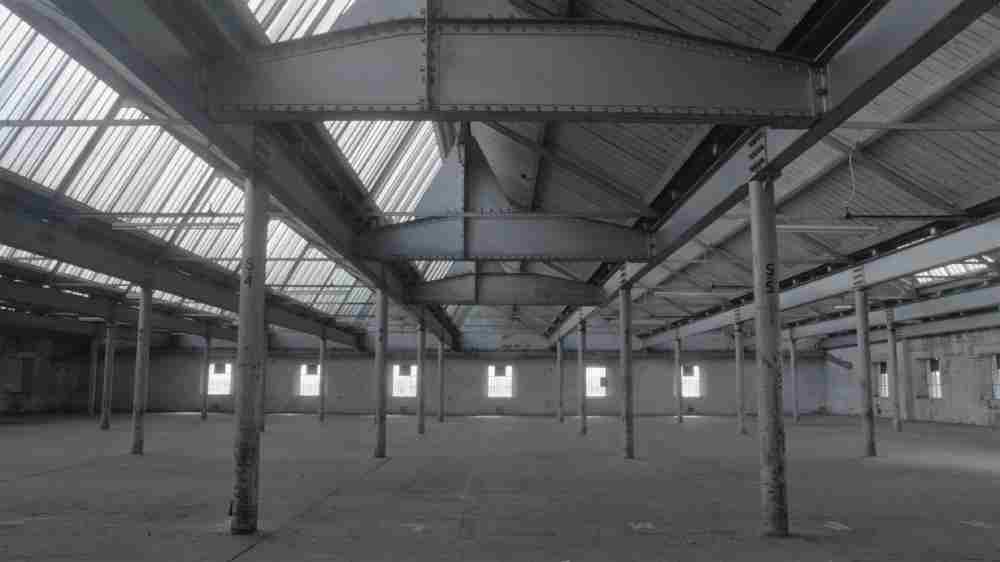
Onyeka Igwe, a so-called archive, 2020, HD Video, colour, sound, 19 min 40 sec.

Sung Tieu, One Thousand Times (Gehrenseestrasse), 2023, Super 8 transferred to HD video, colour, sound, 8 min 51 sec.
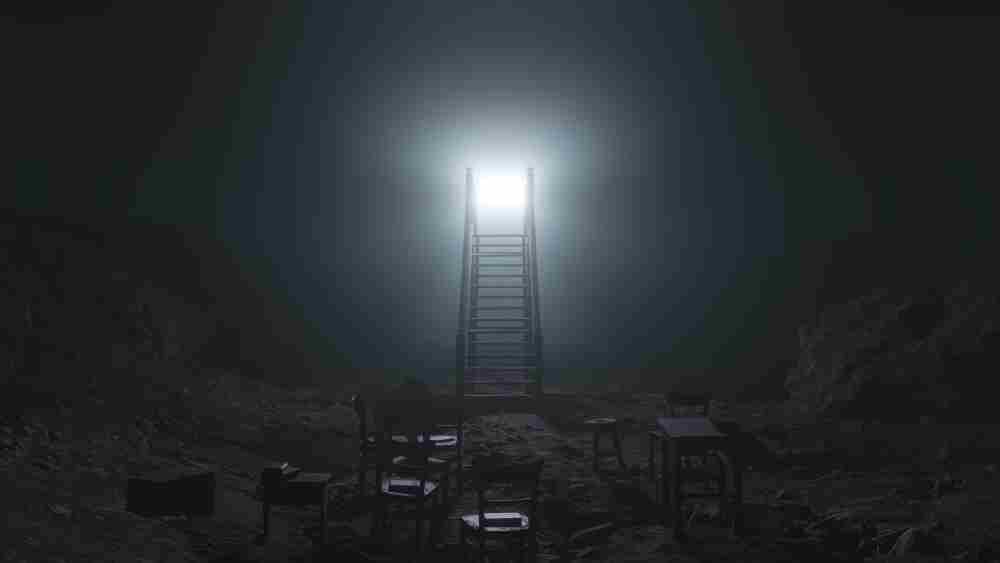
Claudia Martínez Garay, Ayataki, 2022-23, HD Video animation, colour, sound, 14 min 40 sec.
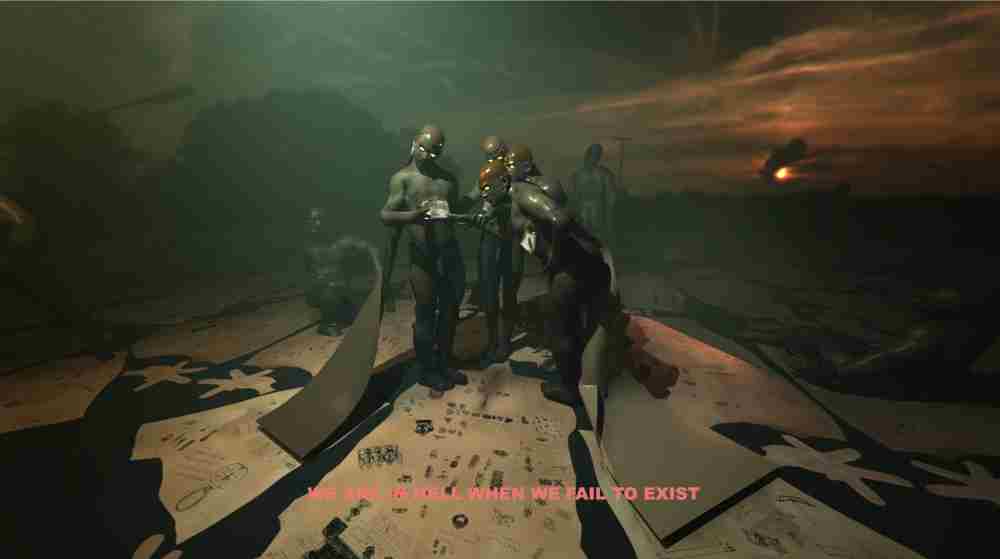
Jacolby Satterwhite, Shrines, 2020, HD video and 3D animation, colour, sound, 13 min 37 sec.
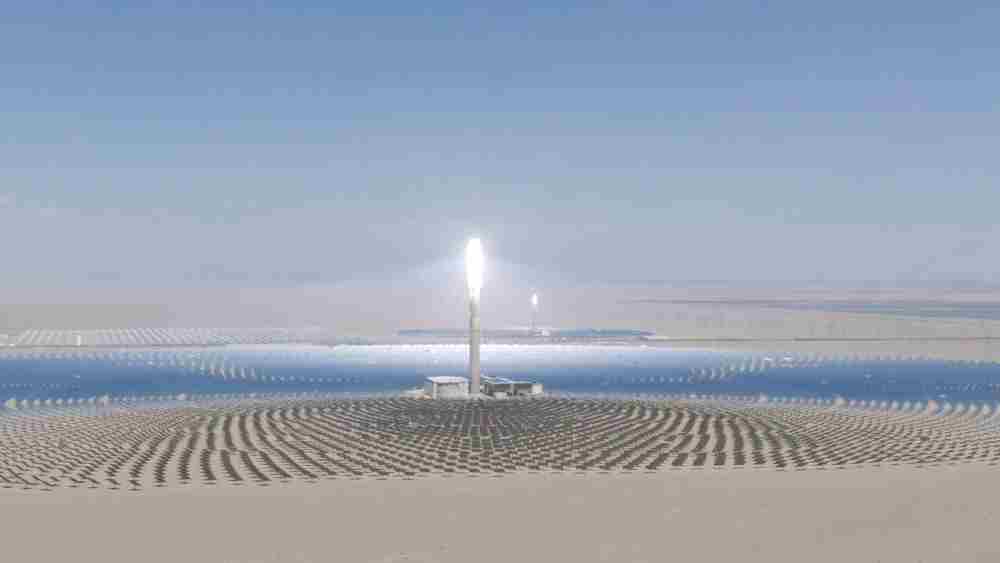
Xin Liu, The White Stone, 2021, HD video, colour, sound, 21 min 57 sec.
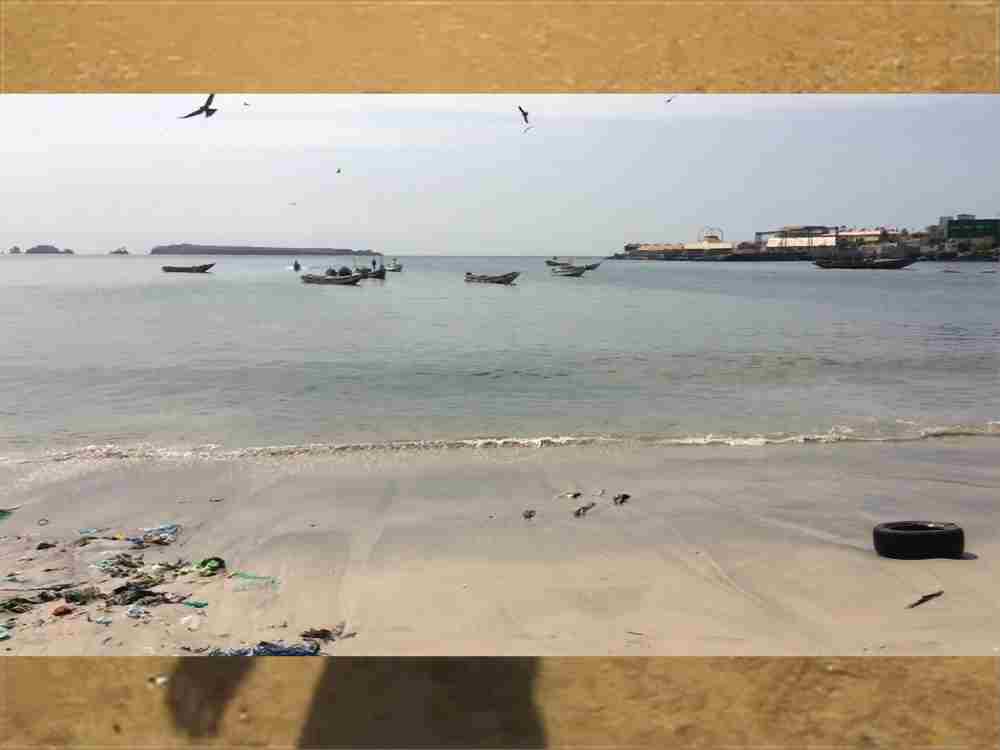
Hamedine Kane & Ayesha Hameed, In the Shadow of Our Ghosts, 2018, HD video, colour, sound, 13 min 34 sec.

Laila Majid & Louis Blue Newby, south florida sky, 2022, HD video, colour, sound, 7 min 24 sec.

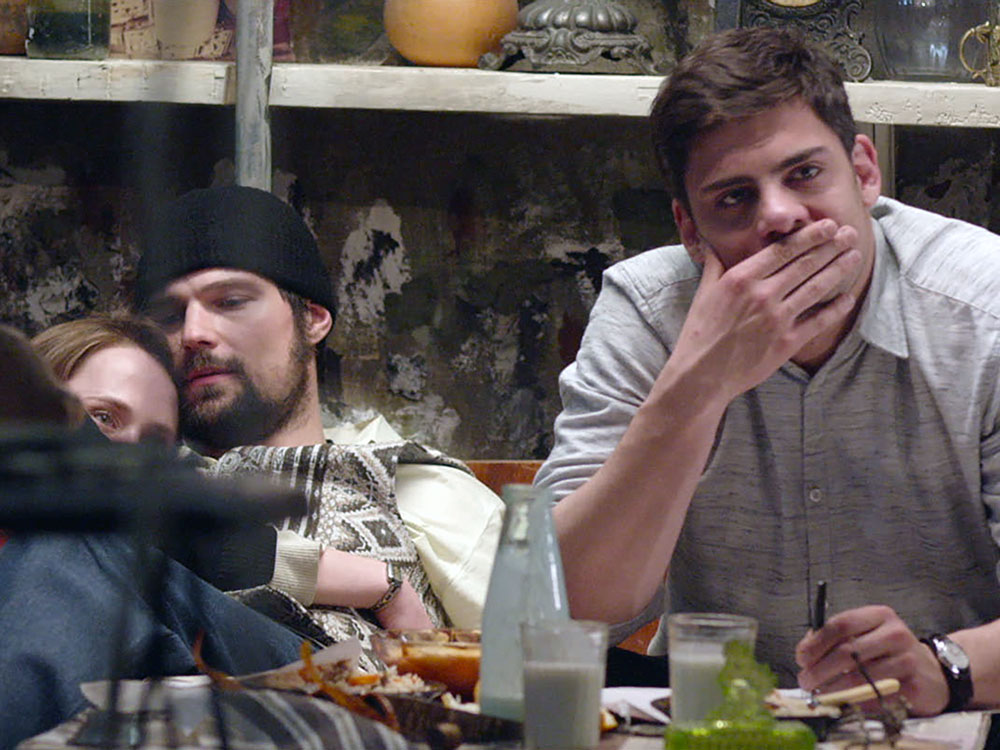








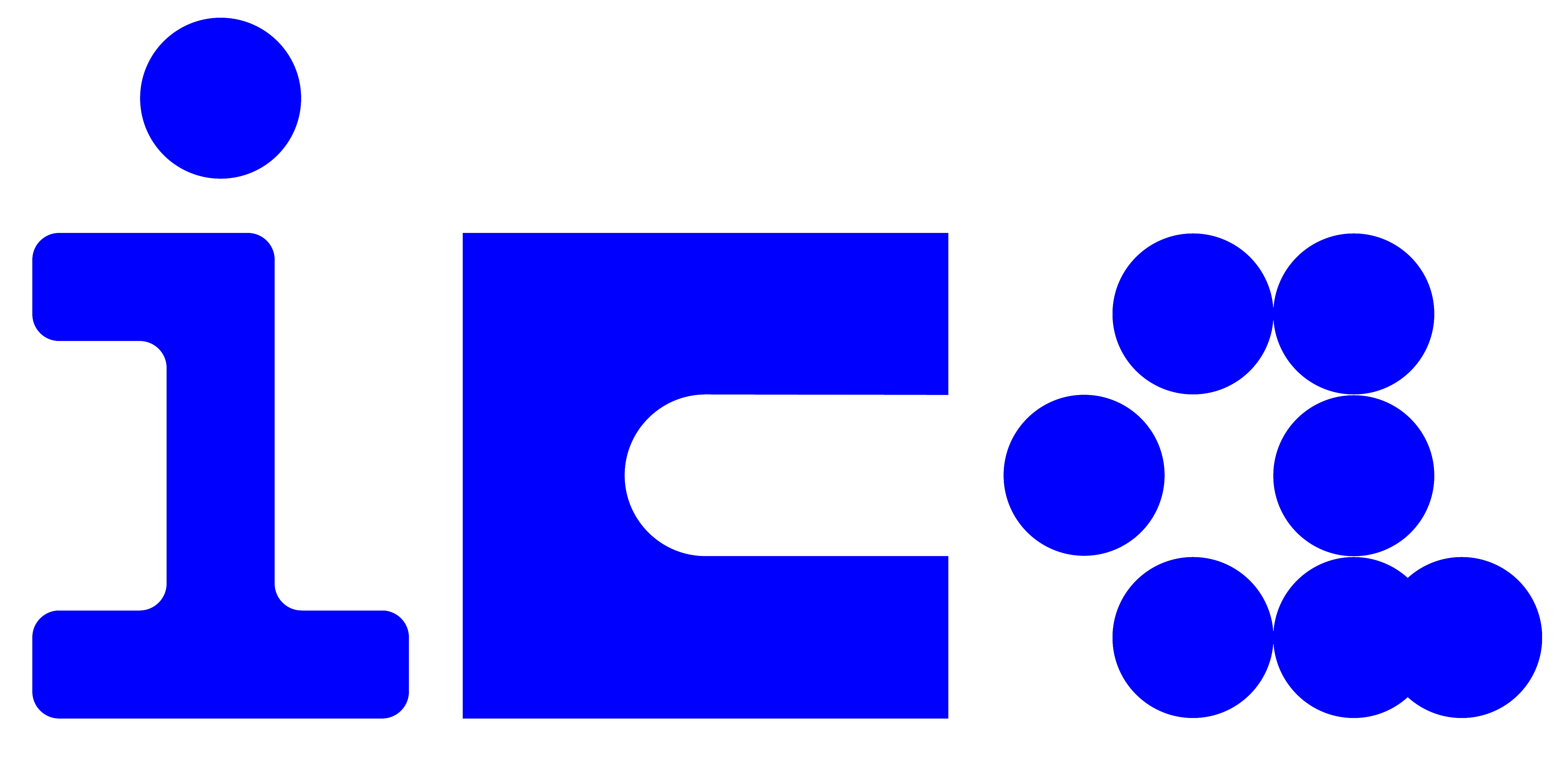
no. 236848.